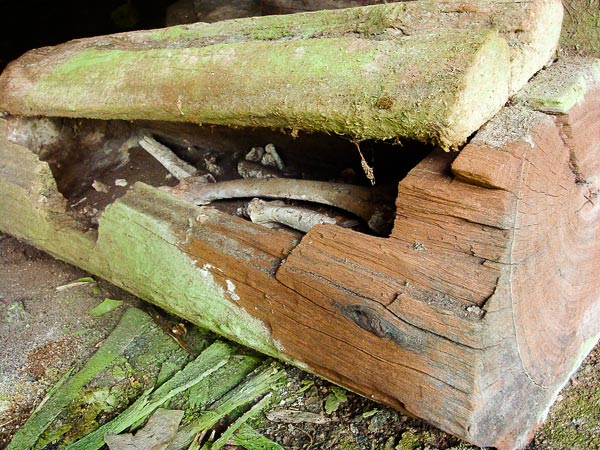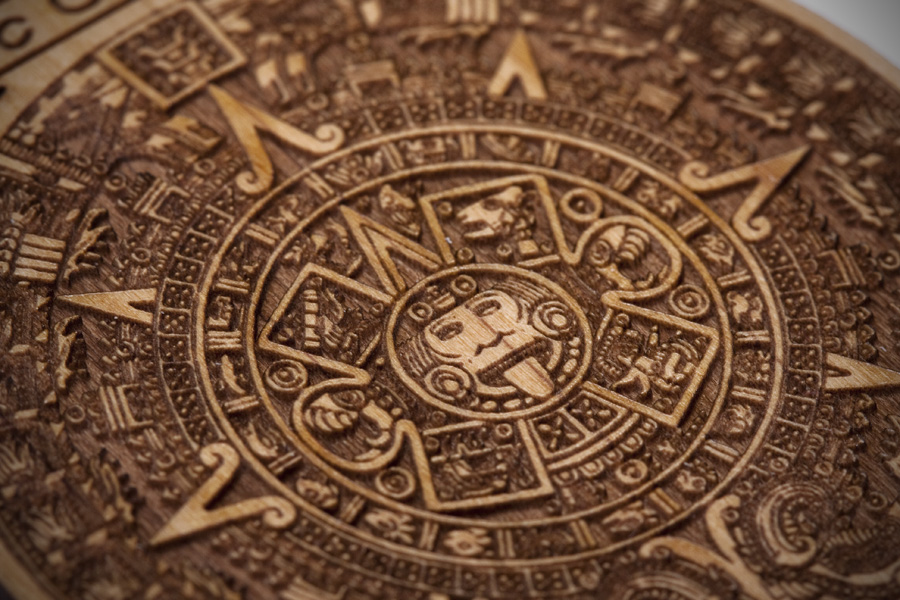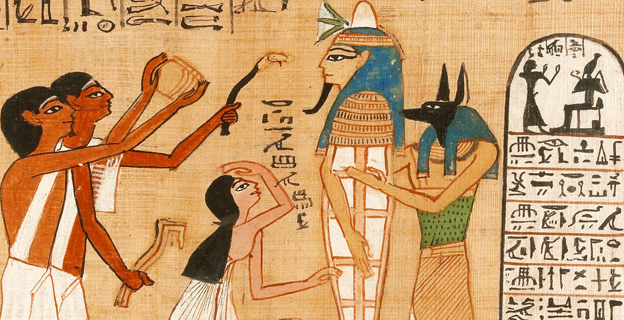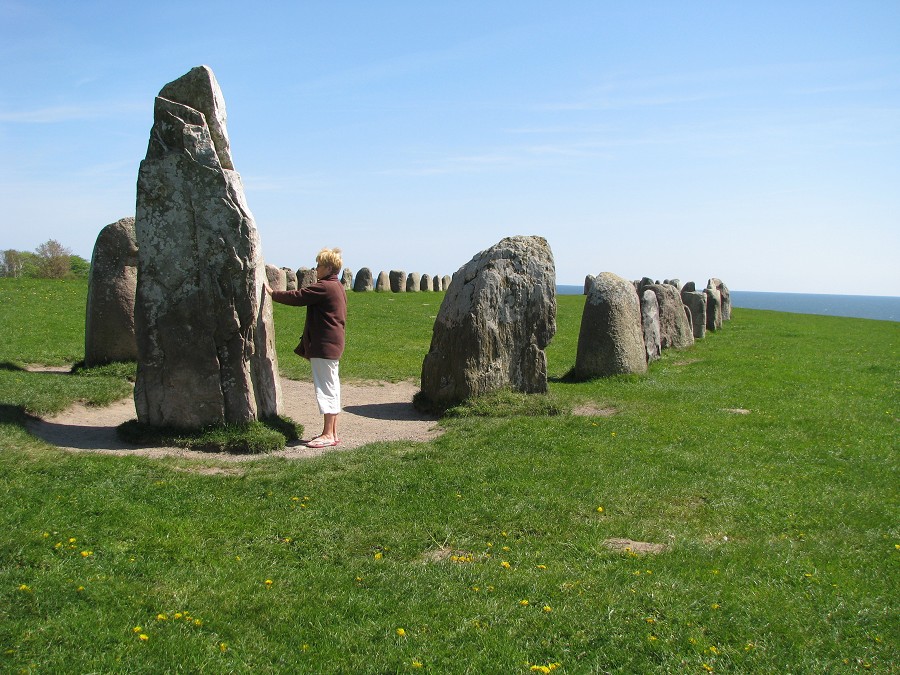
The hunt for Bigfoot shall never end, not as long as curious and adventurous humans are out there, slogging through the mud and rain, climbing up the biggest hills and traversing desert plains, all in the name of science!
A few of these adventurers have found crypto-gold in the form of a set of well preserved foot and hand prints, all of a juvenile Bigfoot and an older one, possibly a parent, that left behind a few tracks as well!
Who knows if anything more comes of this or even if they ever catch the elusive ‘squatch. Either way, I’m more than happy to follow along with the rest of the world, eyes wide open, waiting for the next sign of a mysterious creature lurking in our lands.
What do you think is out there?
David Claerr at Yahoo Voices writes:
The vast ecosystem formed by the Red River watershed on the borders of Texas, Oklahoma, Arkansas and Louisiana affords a habitat comprised of many micro-climates with an incredible diversity and richness of plant and animal life. In many of the deep ravines where the creeks and waterways have cut through the the limestone cap rock, the vegetation has a nearly tropical aspect. Towering, ancient cypress trees form a canopy above the underbrush and thick hanging vines. These ravines are like a primordial oasis, seldom traversed by humans. Often in remote wildernesses, surrounded by thousands of acres of temperate woodlands and meadows. The ravines are a favored living quarters for the Sasquatch or “Bigfoot”
From one of these ravines, a very significant group of footprints of a “Baby Bigfoot” were cast in plaster, along with a hand- and footprints from a more mature Sasquatch, most likely the juvenile’s older sibling or mother. The prints, pressed into the fine clay of the creek bed are rare specimens, since not only are they from a rarely documented young juvenile, but the casts also retain detailed anatomical features that are not generally preserved in other types of soil.
Read more at voices.yahoo.com













